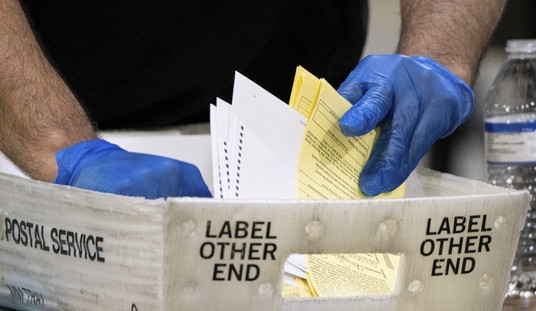Although the present world is fascinating place there are times when temporary escape is not only desirable but necessary. The princely sum of about eight dollars rented two movies about stirring events from another time and place. From 1938 there was the Adventures of Robin Hood with Errol Flynn, Claude Rains, Olivia de Havilland and Basil Rathbone. As history it is bunk and totally unrealistic. But as entertainment it is absolutely first rate, principally because of the snappy dialogue, not surprising in a Michael Curtiz film. From 1950 there was the Halls of Montezuma, with Richard Widmark, Jack Palance, Karl Malden, Robert Wagner, Richard Boone and Jack Webb. I did not expect the film to amount to much, but it soon became apparent that it was head and shoulders above nearly other Hollywood World War 2 movie ever made. Some reviewers have called it the inspiration for Saving Private Ryan and in some ways it is actually better.
The reason may have something to do with reference sets.
The night before I joined some friends at a cafe. One was a professor of mathematics and philosophy who is working with a US lawyer on a book. The other was a former director for predictive analytics at a Big Four Australian accounting firm. Some other friends joined as later, but while we were waiting the following problem cropped up. The professor was wondering what was the best way of choosing the boundaries of sample to say something meaningful about an actual event. The hypothetical he put to us was this.
His American lawyer co-author described a case in which a drug mule from an African country was arrested at an airport, but although he was arrested the bulk of the contraband had escaped capture. His sentence, however, depended on the quantity of proscribed material he was trying to smuggle in. But since there was no way to physically measure the drugs the judge wanted to know how much the mule was probably bringing in. The lawyer wanted to know if there was any expert opinion available to estimate the probable amount. So he turned to the professor of mathematics.
How you answered the question depended on how you defined the problem. One approach was to take the average amount that drug smugglers carried and base the sentence on that. Or you could estimate his load based on what mules from that particular country tried to bring into that particular airport. But since drug trafficking was also seasonal his probable load varied with the time of year. Moreover, it was established that it was his eighth smuggling trip into the country and he may have been entrusted with more than the average amount because of his experience. The estimated amount depended on how you defined the problem.
So for a statistician to say anything meaningful about the estimated amount of drugs the mule was carrying you first had to choose which reference set to use. We had a lively discussion about whether it was better to choose a narrower or wider frame. Suppose you chose Frame A. How would you know you had gotten the frame right? Was there any way to assign a truth proposition to an assertion that you had chosen the “correct” frame?
The problem comes up in a surprising number of contexts. People who are diagnosed with a certain type of cancer are given a certain prognosis based on a statistic. The doctor may say that ‘people in your condition have an 85% chance of survival’ but be unable to say very much about your particular chances of survival. This is because he knows the statistic for the wider frame from which the sample was collected — they live 85% of the time for a specified period — but the doctor may know almost nothing (given the relatively primitive state of oncology) about the narrower frame to which an individual belongs. Some people with the condition will go on to live 50 years without getting a recurrence. Others will be dead within months. They belonged to different subframes which was presumably included in the wider one. But which to choose in telling a patient what the odds were that he would live or die?
I think one of the reasons why Halls of Montezuma is so good as a movie is that it falls into the right frame. Movies made during hostilities were distorted by the need to maintain homefront morale. Movies produced between 1941 and 1945 were often propagandistic. On the other hand movies made long after the war were really not about the Second World War at all, but philosophical treatises that used wartime events as a setting. By the 1960s the war film had become a vehicle for anti-war propaganda. They were about the 60s, not about the 40s. The year 1950 was close enough to the events of 1941-45 to clearly be about the recently concluded conflict without having to be colored by the need to be overly partisan about it. The war had not yet become a mythical event. It was still “real” in the minds of those associated with it but with much of the recent hatred toned down by perspective. The Japanese were still baddies but no longer cartoon character ones. The recent sacrifices were memorialized, but without the bombast. The frame was just wide enough to capture a “truth” about conflict without being so wide that it was really about other things.
You could do worse than spend eight bucks downloading the Adventures of Robin Hood and the Halls of Montezuma. And by the way, we never did come to an agreement about what the best way to calculate the mule’s load was. We decided to have some wine instead. That was the better frame.










Join the conversation as a VIP Member